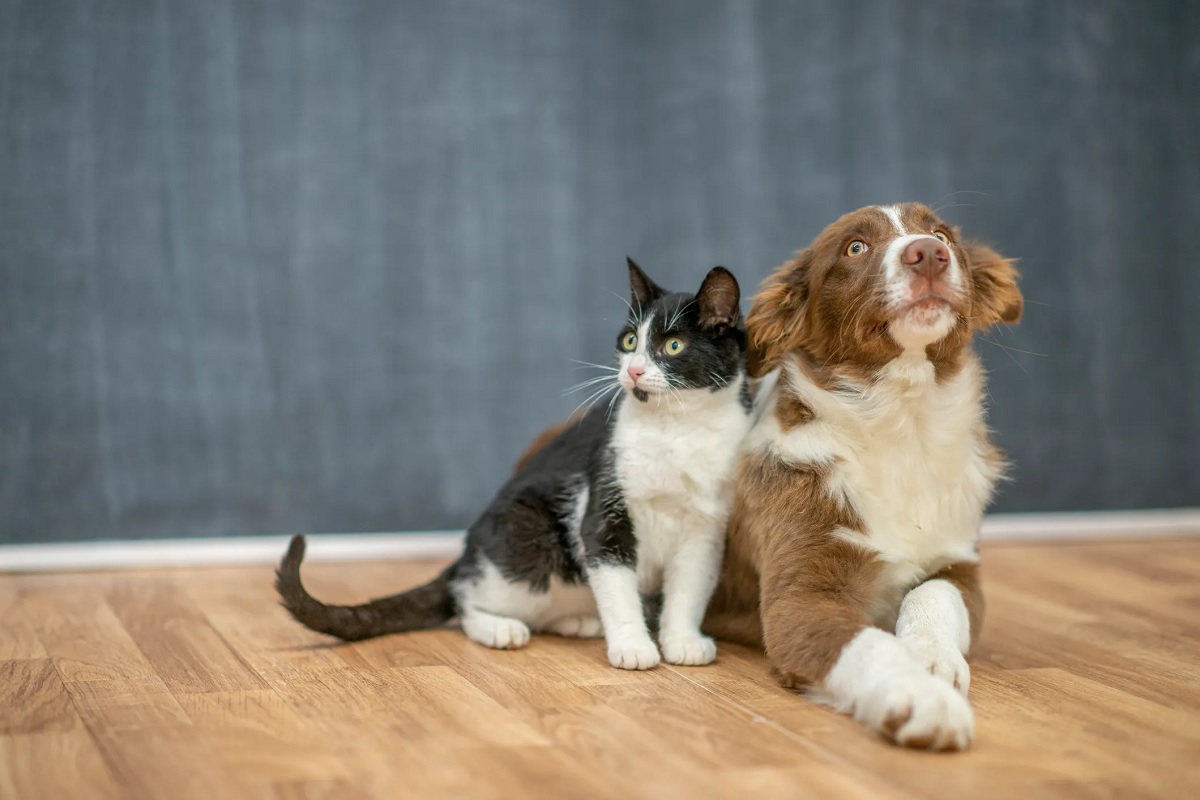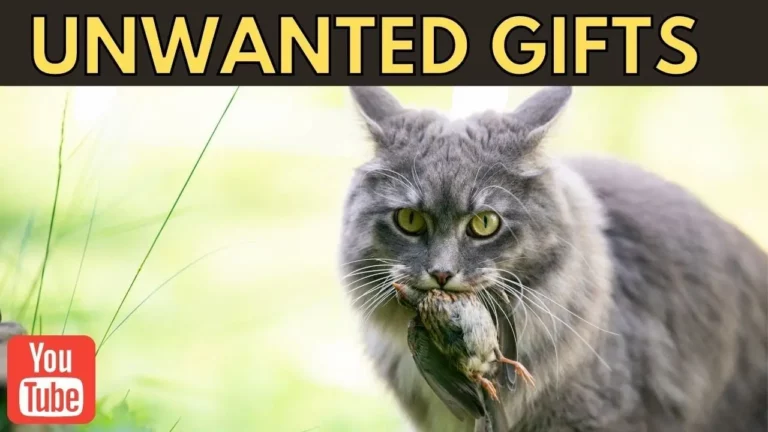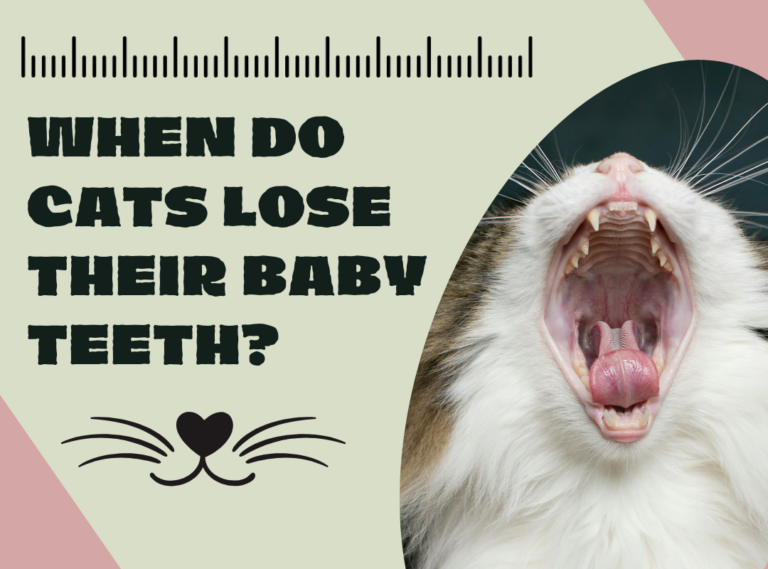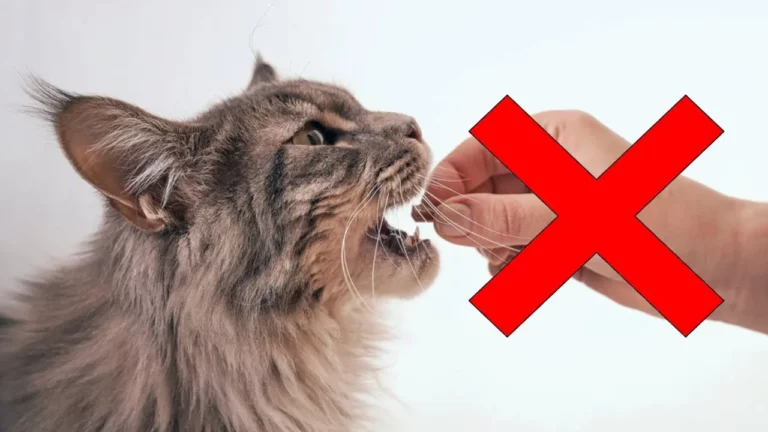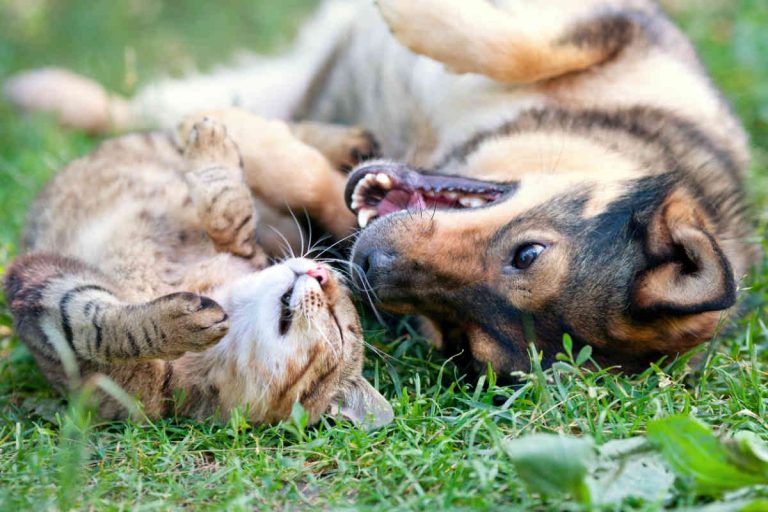How to Introduce a Cat and Dog for a Lifelong Friendship
Introducing a
This guide will walk you through everything you need to know about introducing these two beloved species in a way that fosters friendship rather than rivalry.
Understanding the Importance of a Proper Introduction
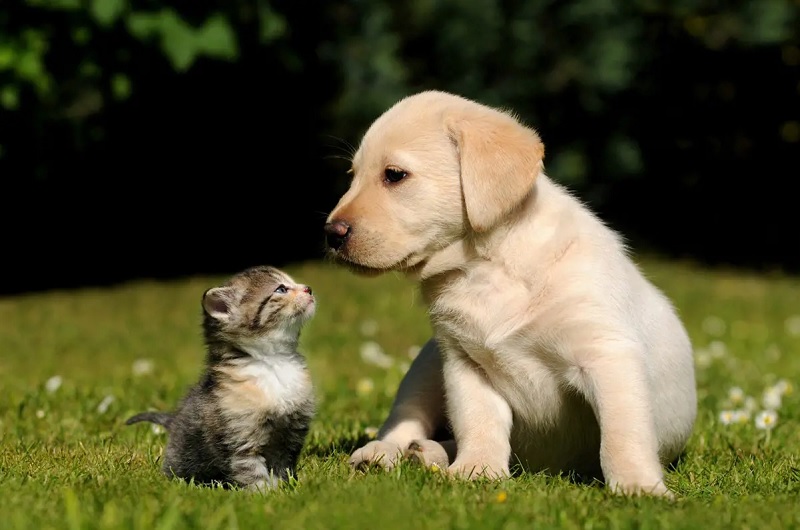
Introducing a
Why Cats and Dogs Often Have Initial Tensions
Cats and dogs come from different evolutionary backgrounds that influence their behavior. Dogs are pack animals, thriving on social interactions and hierarchy, while cats are more solitary creatures, often valuing their independence.
This fundamental difference can lead to misunderstandings between the two species. For instance, a dog’s playful approach may be perceived as aggressive by a
Additionally, if either animal has had negative experiences with the other species in the past, it can heighten tensions during introductions.
How a Well-Managed Introduction Sets the Foundation for Friendship
A well-managed introduction is crucial for establishing trust and reducing anxiety in both pets. By taking gradual steps and allowing each animal to acclimate to the other’s presence, you create a safe environment where they can learn to coexist peacefully.
This process lays the groundwork for a harmonious relationship, allowing them to develop mutual respect over time.
Common Challenges When Introducing Cats and Dogs
While many cats and dogs can learn to live together harmoniously, challenges may arise during introductions. Common issues include:
- Prey Drive: Some dogs have a strong instinct to chase smaller animals, which can pose a risk to cats.
- Territorial Behavior: Both species can be territorial, leading to conflicts over space and resources.
- Stress Responses: Signs of stress such as growling, hissing, or hiding may indicate that one or both pets are uncomfortable with the situation.
Preparing Your Home for a New Pet
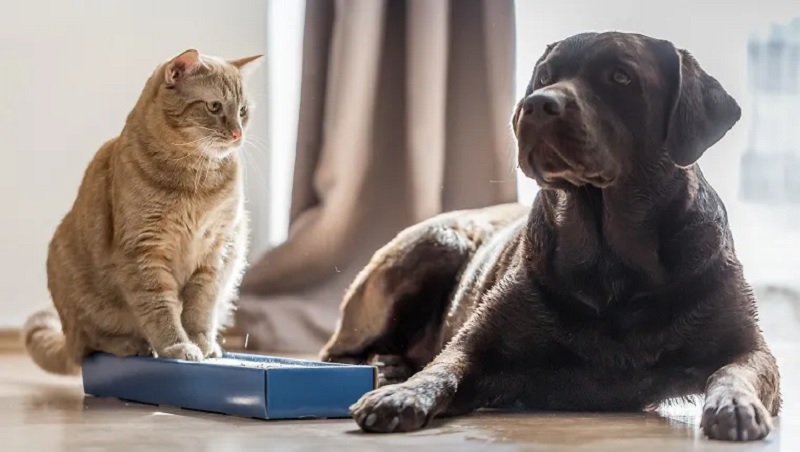
Before introducing your
Creating Separate Safe Spaces for Each Pet
Establishing separate areas for your
- Cat Space: A quiet room with a litter box and climbing structures.
- Dog Space: A designated area with their bed and toys.
Setting Up Boundaries to Avoid Territorial Issues
To prevent territorial disputes, set clear boundaries within your home. Use baby gates or pet barriers to separate areas where each pet can retreat without feeling threatened. This setup allows both animals to explore their environment safely while getting used to each other’s scents.
Essential Supplies Needed for Each Pet’s Comfort
Having the right supplies is crucial for ensuring both pets feel comfortable. Consider investing in:
- For Cats: Scratching posts, cozy beds, litter boxes.
- For Dogs: Leashes, chew toys, comfortable bedding.
These items will help create an inviting atmosphere where both pets can thrive.
Step-by-Step Guide to Introduce a Cat and Dog
Introducing a
Letting Pets Get Used to Each Other’s Scent
Start by allowing each pet to become familiar with the other’s scent before any face-to-face interactions occur. Swap blankets or toys between them so they can sniff each other’s belongings. This step helps reduce anxiety when they finally meet.
Visual Introduction Without Physical Interaction
Once both pets are accustomed to each other’s scent, arrange visual introductions through barriers like baby gates. Allow them to see each other without direct contact while engaging in positive activities like playtime or training sessions. This exposure helps them become more comfortable with one another.
First Supervised Meeting and Interaction
After several successful visual introductions, it’s time for the first supervised meeting. Keep your dog on a leash during this encounter to maintain control over their behavior. Allow your
Increasing Interaction Over Time
As both pets become more relaxed around each other, gradually increase their interaction time. Monitor their behavior closely during these sessions; rewarding calmness with treats can reinforce positive associations between them.
Positive Reinforcement Techniques to Build Trust
Using positive reinforcement is key in helping your
Rewarding Calm Behavior and Curiosity
Whenever either pet displays calm behavior in the presence of the other, reward them with treats or praise. This approach encourages positive interactions and helps reduce fear or aggression over time.
Using Treats and Toys to Ease Tensions
Incorporate treats and toys into your training sessions when introducing your pets. For example, toss treats near each pet during supervised meetings; this encourages them to associate each other with positive experiences rather than threats.
Teaching Both Pets Simple Commands for Safety
Teaching commands like “sit,” “stay,” or “leave it” can be beneficial during introductions. These commands help maintain control over your dog’s excitement levels while allowing you to redirect their focus if necessary.
Recognizing and Addressing Signs of Stress or Aggression
Being vigilant about recognizing signs of stress or aggression is crucial during introductions.
Signs That Your
Watch for signs of discomfort in either pet:
- Cats: Hissing, swatting, hiding.
- Dogs: Growling, barking excessively, stiff body language.
If you notice these behaviors escalating, it may be time to take a step back in the introduction process.
How to Safely De-Escalate a Tense Situation:
If tensions rise between your pets during an interaction:
- Separate Them: Use barriers or leashes to create distance.
- Redirect Attention: Distract them with toys or commands.
- Take Breaks: Allow both pets some time apart before trying again later.
When to Seek Help from a Professional Animal Behaviorist:
If you’ve tried various techniques without success after several weeks or months of introductions, consider consulting a professional animal behaviorist. They can provide tailored strategies based on your specific situation.
Ensuring a Peaceful Coexistence After the Initial Introduction
Once your
Creating Routines to Reduce Territorial Behavior:
Establishing routines can help reduce territorial disputes between your pets. Schedule feeding times separately and ensure that each pet has access to their designated areas without interference from the other.
Encouraging Joint Activities to Foster Bonding:
Engage both pets in joint activities like playtime or training sessions that involve both species. Activities such as playing fetch with toys that interest both animals can help strengthen their bond over time.
Managing Food, Toys, and Personal Space to Prevent Conflict:
To avoid conflicts over resources:
- Keep food bowls separate.
- Provide multiple toys so neither pet feels possessive.
- Ensure both pets have personal spaces where they can retreat when needed.
By following these guidelines for introducing your
Frequently Asked Questions (FAQs)
What is the best age to introduce a
The ideal age for introductions is when pets are young: kittens should be socialized between 6-12 weeks, and puppies between 8-16 weeks. Early socialization helps them learn safe interactions with each other.
How long does it usually take for a
The time varies widely; it can take anywhere from a few weeks to several months. Patience is key as pets adjust to each other’s presence and establish comfort levels.
What if my
If fighting persists, separate them immediately and reassess the introduction process. Consulting a professional animal behaviorist can provide tailored advice and strategies.
Are some dog breeds better with cats than others?
Yes, certain breeds are generally more compatible with cats. Calm, well-trained dogs with low prey drives tend to be better companions for cats than high-energy or aggressive breeds.
Can an older dog and kitten become friends?
Yes, an older dog can bond with a kitten, especially if the dog has a gentle temperament. Gradual introductions and positive reinforcement are crucial for fostering their friendship.
Conclusion
In conclusion, introducing a
Remember that patience is key; every animal is different and may take varying amounts of time to adjust. With love, consistency, and attention to their needs, you’ll witness an amazing bond develop between your
